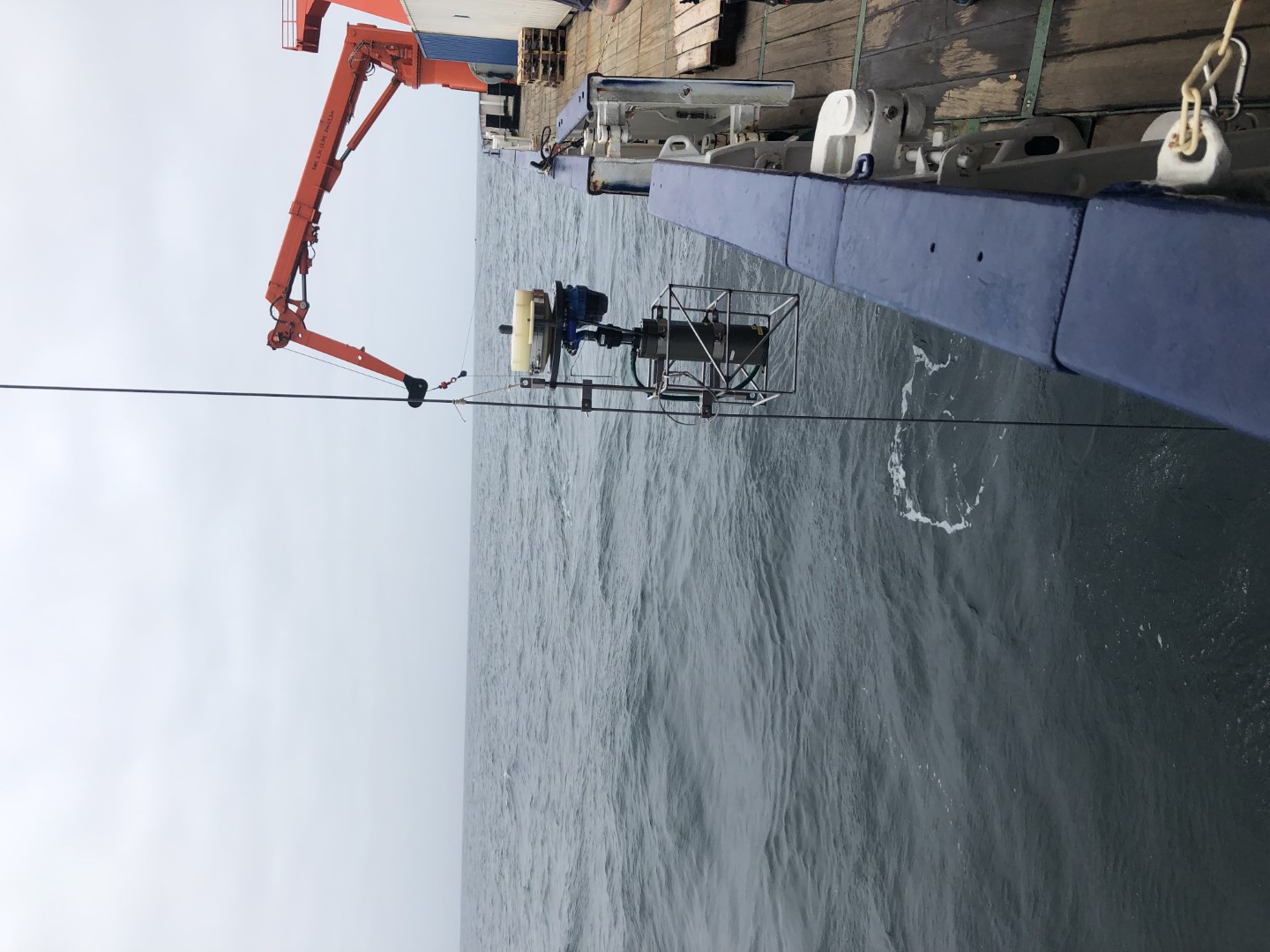1st weekly report (25.01.2023 – 28.01.2023)
Sunday 29th January 2023
On Wednesday 25th January we left the port of Walvis Bay in Namibia at 20:00 local time. This is the beginning of a 38-day cruise in the South East Atlantic, where we will study the physics, chemistry and biology of upwelled filaments. Using a wide variety of approaches, we will track filaments as they move offshore from a region of high biological productivity nearer the Namibian coast outwards towards the less productive South Atlantic. These filaments are a crucial mechanism for regulating exchange between the near-coast and offshore systems. Our scientific team includes physicists, chemists and biologists from GEOMAR, Hereon, the University of Oldenburg, and one participant from Chelsea Technologies Group (UK).
Before our departure, we had a briefing from the ship’s officers describing life on board the research vessel as well as a safety briefing. Following our departure, we sailed for approximately 3 hours offshore, where we undertook our first sampling station. This station served two purposes. Firstly, it was a ‘Test station’, where we could test the functioning of the CTD-rosette package. Secondly, it provided a valuable opportunity to collect water from a setting that was biologically highly productive at the surface and host to very low oxygen concentrations in deep waters; both of interest to some of the research teams on board.
Following the Test station, we set sail to the southwest, where we had identified a strong and persistent filament in satellite images of sea surface temperature. On route we had our first safety drill and then deployed the tow fish. This is a device that we will tow alongside the research vessel for the cruise duration and it provides us with a constant supply uncontaminated surface seawater to sample for chemical and biological parameters.
Deployment of the tow-fish
On reaching the filament region we undertook a survey to locate the filament centre. This was identified by surface seawater temperatures (typically coldest in the filament centre). After locating the approximate filament centre on 27.01, we proceeded with a full range of activities at our first filament station. This included deploying drifters that will flow with the filament current, conducting CTDs for sampling the chemistry and biology of the seawater at a range of water depths and measurements of the underwater light field. The aim is to continue observations with daily stations within the filament and perform night time filament crossings to map the broader spatial chemical and biological gradients.


We are thankful to Captain Korte and all the crew for providing us with a warm welcome and assisting us in our scientific activities so far. Whilst many of the scientists are still getting used to being at sea in some wavey conditions, we are being well take care of with excellent food and positive mood.
With best regards from 12.796 °E and 24.743 °S,
Tom Browning GEOMAR Helmholtz Centre for Ocean Research Kiel
